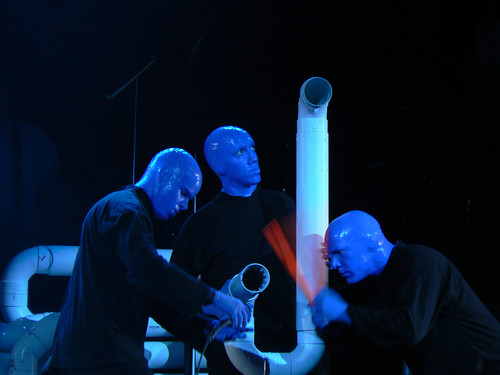Collaboration, as anyone talking about the evolution of education will tell you, is a good thing. Some will argue collaboration to be a 21st century skill as though civilization would have had any chance at progressing to this point had people not been collaborating for various virtuous and nefarious purposes up to this point.
As we have stumbled upon collaboration again, perhaps we could be more purposeful in its execution.
Nary a school leader will voice opposition to the adoption of a collaborative mindset in their space. Indeed, ask a principal if they want their teachers to be collaborating with one another and you’re unlikely to find any who say no. You are equally likely to hear multitudinous reasons why it’s not happening. Chief among these is some variation on, “Well, I’ve done my best to encourage collaboration among my staff, but they don’t seem to want to collaborate with one another or to take the time to collaborate.”
This is not surprising.
In the schools we need, we must not only encourage collaboration, we must make space for it.
Those same principals who lament the lack of faculty interest in collaboration are rarely mindful of the space they’ve created for such culture shift in their schools.
Proclamation of a collaborative spirit must be accompanied by both physical and temporal space for the implementation of that spirit.
To a principal it can appear that their encouragement has fallen on deaf ears. To teachers, this is often not the case. They have heard the calls for working together to design, execute, and refine new teaching practices, but they are left wondering what, if anything, they can let go to make space for such efforts.
Without the leadership and permission of ending certain practices, then principals’ encouragement to begin collaborating will be heard as asking to do more with less.
To foster collaborative spaces, schools must consider re-designing schedules in ways that allow the breathing room for teachers to work together without the pressure to complete other prescribed tasks. In some cases, this will mean keeping time on the schedule clear of administrative minutiae. In others it will mean moving to privilege teacher time to remove unofficial encroachments on things like duty-free preps or lunch periods.
If collaborative time is to be privileged within a school, then it must be prioritized clearly and without conditions in a school’s schedule.
Similarly, collaborative physical spaces must be designated within schools. These are spaces where teachers know they can go to sit alongside their peers, share ideas, and gain helpful feedback on what they are creating. These are spaces where school’s resources are aggregated, shared, and celebrated to encourage their examination and remixing by anyone interested. For some, this may sound like a school library. For others, it might be a faculty lounge. For many, it may sound like no space that yet exists within their schools. For all, they should be spaces that help to serve as a physical hub of collaboration.
A final space necessary for collaboration is actually that which principals try to create before or in spite of these formal temporal and physical spaces. They hope that some sort of amorphous collaborative space will happen within schools and school days. Such collaborative seepage will happen, but it will not happen if collaboration is not privileged beyond the messaging of a school.
Professing a collaborative atmosphere is one thing. Having a collaborative atmosphere requires the ability to point to the times and spaces where collaboration has been given formal space to grow and leak into the culture of a school.
